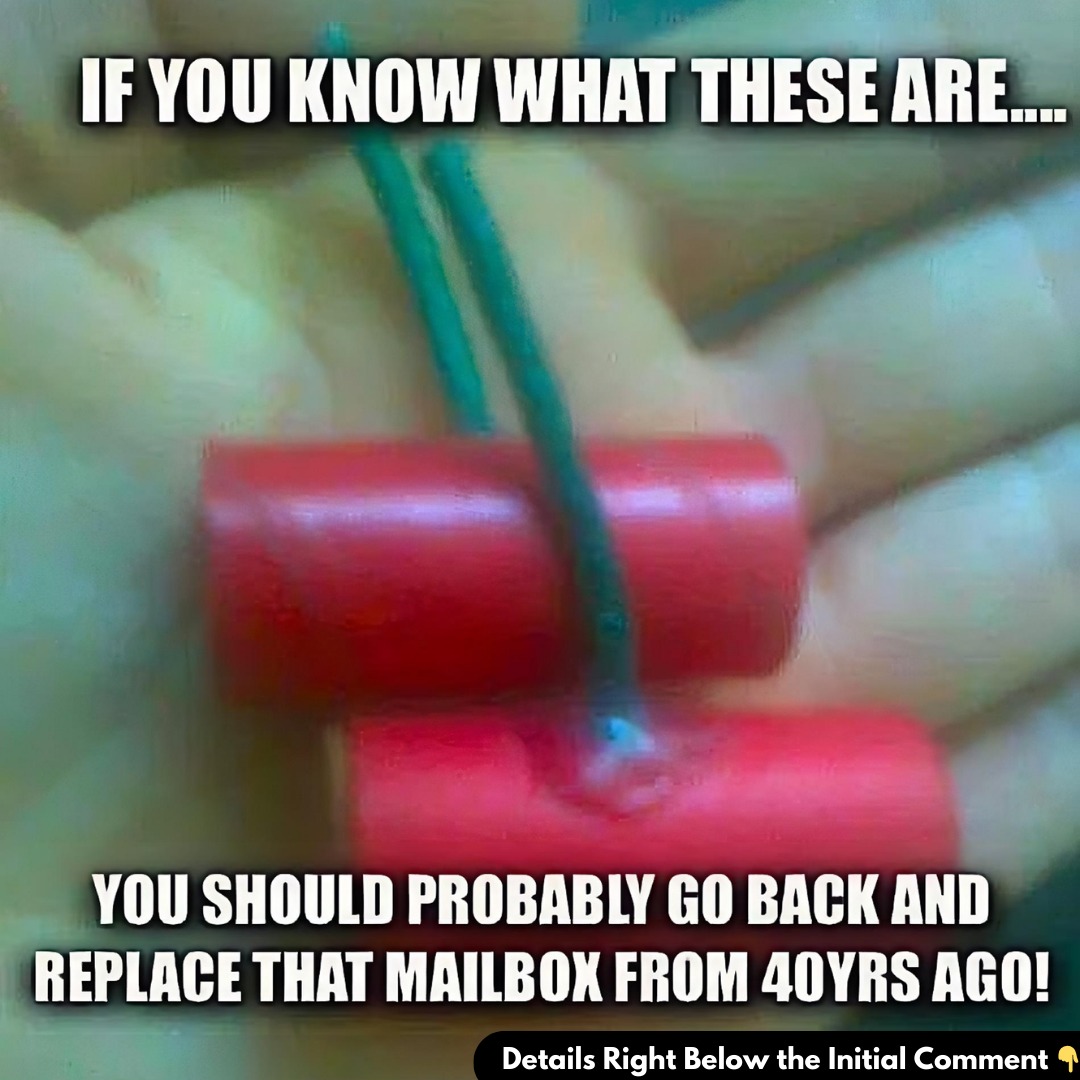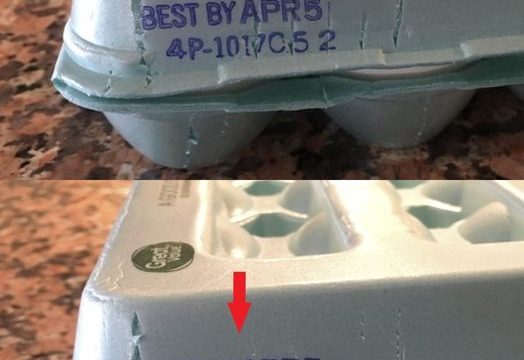M-80s are one of the most recognizable firecrackers in the United States, known for their powerful explosion and controversial past. Originally designed for the U.S. military in the mid-20th century, M-80s were used to mimic artillery fire during training exercises. The “M” in M-80 reflects its “military” origins, while the “80” indicates the 80 grains (5.2 grams) of flash powder contained within.

Traditionally constructed with a small cardboard tube, about 1.5 inches long, M-80s typically have a side fuse and a signature red color. Over time, these firecrackers transitioned from military tools to consumer fireworks but with a reduced amount of flash powder to enhance safety. Today’s consumer versions generally contain around 45 grains (3 grams) of flash powder, roughly half of their original military-grade amount.
Let’s break down the construction, legality, and myths of these iconic firecrackers.
How M-80s Are Built
M-80s are made from a few simple but potent components:
- Cardboard Tube: This is the casing that holds the flash powder. It is roughly 1.5 inches in length and has a 9/16-inch diameter. This design contributes to the amplification of the explosive sound.
- Flash Powder: The main explosive material in an M-80 is flash powder, which is a blend of metal powder and an oxidizer. This mixture ignites quickly, resulting in the signature loud bang.
- Fuse: The slow-burning Visco fuse provides a delay between lighting and detonation, ensuring enough time for safe handling.
These elements make M-80s one of the most powerful consumer-grade fireworks, but also one of the most heavily regulated.
The Legality of M-80s
The legal status of M-80s varies by country, with strict regulations aimed at reducing misuse and ensuring public safety.
M-80s in Canada
In Canada, M-80s are entirely prohibited. Importing, possessing, transporting, or manufacturing them is illegal, with severe penalties for violators. Canadian authorities strictly enforce this ban to prevent injuries and accidents.
M-80s in the United States
In the U.S., the regulation of M-80s has evolved over the years, primarily in response to incidents involving injuries and property damage. Here’s a look at key regulations:
- Federal Hazardous Substances Labeling Act (1966): This act was one of the first measures aimed at restricting consumer access to powerful fireworks like M-80s, emphasizing public safety.
- Child Protection Act of 1966: Supported by the Consumer Product Safety Commission (CPSC), this act imposed further controls on M-80s, restricting them to ground-level fireworks. The Bureau of Alcohol, Tobacco, Firearms and Explosives (ATF) is responsible for enforcing these regulations.
- Current Regulations (1975): These rules limit consumer-grade fireworks to a maximum of 50 milligrams of flash powder, significantly lower than the original 200 milligrams allowed. Possessing M-80s with more than 50 milligrams requires a federal explosives license.
Despite these restrictions, M-80s are still distributed to farmers for use in scaring wildlife that threatens crops.
Real vs. Fake M-80s
There are many imitation M-80s on the market that look similar but have significantly different properties:
- Reduced Flash Powder: Fake M-80s contain up to 50 milligrams of flash powder, much less than the 5.2 grams found in genuine versions.
- Different Construction: While authentic M-80s use paper end caps and fuller powder charges, fakes often feature plaster shells, small powder capsules, and plastic end caps.
- Fuse Placement: Real M-80s have a fuse positioned in the center, while imitations often have a fuse sticking out from one end.
Common Myths About M-80s
Over the years, M-80s have become surrounded by myths, some of which exaggerate their power:
- Myth 1: M-80s Are Like Dynamite
Fact: M-80s are often incorrectly compared to dynamite, but they are not as powerful. Dynamite contains nitroglycerin, a high-grade explosive, while M-80s use flash powder, which is less potent. - Myth 2: All M-80s Are Illegal
Fact: While genuine M-80s exceed consumer-grade limits, they can still be possessed with a federal explosives license. Additionally, lower-powder variations are legal for consumer use. - Myth 3: M-80s Are Safe with Proper Handling
Fact: Even for experienced handlers, M-80s can be extremely dangerous, capable of causing severe injuries like burns, hearing loss, and even amputations.
Safety Concerns with M-80s
M-80s carry significant risks due to their high flash powder content:
- Severe Injuries: The intense explosion can result in severe injuries, including loss of fingers, hearing damage, and burns.
- Unpredictable Detonation: Faulty fuses or user errors can lead to premature explosions, increasing the risk of harm.
- Legal Consequences: Possessing unlicensed M-80s can lead to fines, imprisonment, or both.
Conclusion: The Legacy of M-80s
M-80s have a complex legacy, evolving from military devices to highly regulated consumer fireworks. While they are known for their impressive power, they also pose considerable risks, leading to global restrictions. It’s crucial to prioritize safety and adhere to legal guidelines when handling explosives like M-80s.
Whether you’re a fireworks enthusiast or simply curious about their history, understanding the facts about M-80s helps prevent accidents and ensures safe enjoyment. Always respect the power of fireworks and follow the rules designed to keep everyone safe.





